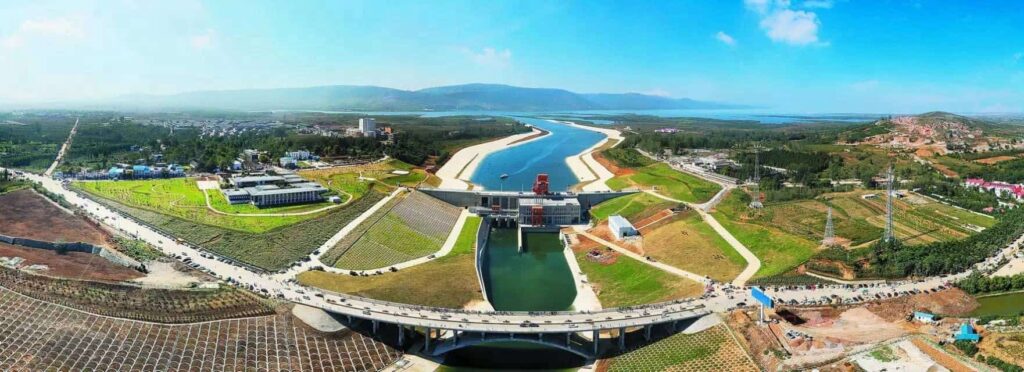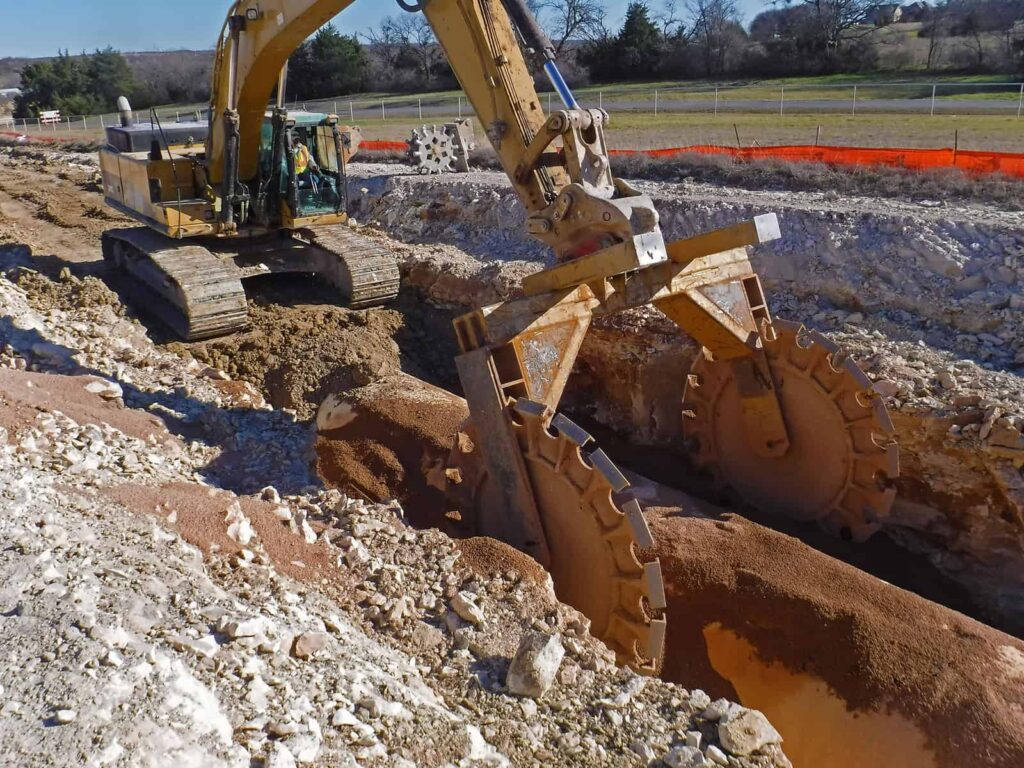Transporting Water

Localized water constraints necessitate transporting water farther from its source to end use. Common proposals include long-haul pipelines and interbasin transfer, which moves water from one river basin to another. While aqueducts have transported water for thousands of years, the scale, length, and volumes of water transportation projects continues to increase. Some of the classic water transfer systems include the State Water Project in California, which is the single largest consumer of electricity in the state. The energy is consumed from pumping water over mountains, though some of the energy is recaptured as the water flows back downhill through inline hydroelectric turbines coupled with chutes.
As water tables fall and surface sources dry up, municipalities are more likely to consider the cost of expensive and far-flung water gathering systems that pull water to a city from deeper in the ground or farther away. Generally, long-haul systems will rely on energy-intensive pumps rather than gravity and introduce ecosystem impacts as water leaves one basin and enters another. Interbasin transfer permanently removes water from one basin and may enable invasive species to enter new environments.

The South-North Water Transfer Project in China, also known as the South-to-North Water Diversion Project (SNWDP), ambitiously proposes to move major southern rivers—the Yangtze and Han Rivers—across the country to the Yellow and Hai Rivers. In theory, water-rich southern China could quench the thirst of the water-poor industrialized north. Projections estimate the Chinese endeavor will divert 44.8 billion cubic meters (m3) (11.8 trillion gallons) of water per year for a total capital cost of $62 billion. However, this estimate excludes the ongoing marginal energy costs of maintaining the pipeline and pumping infrastructure and the electricity necessary to pressurize and pump the water. China isn’t the only country with ambitions for global-scale water infrastructure. For decades, U.S. water planners have proposed diverting the Yukon River in Alaska or the Missouri River to the Southwest, so that the deserts would bloom with flowers and fruit trees. In Texas, a 386-kilometer (240-mile) pipeline will transfer 370,000 m3 (100 million gallons) of water per day from Lake Palestine to the Dallas/Fort Worth Metroplex. The plan estimates the total capital costs of construction at $888 million, or $2.3 million per kilometer ($3.7 million per mile) of pipeline, and an annual electricity consumption of $11.3 million, or $0.71 per cubic meter.

Image Credits: kenkistler/Shutterstock.com; Nsbdgc/CC BY-SA 4.0; Tarrant Regional Water District/.


